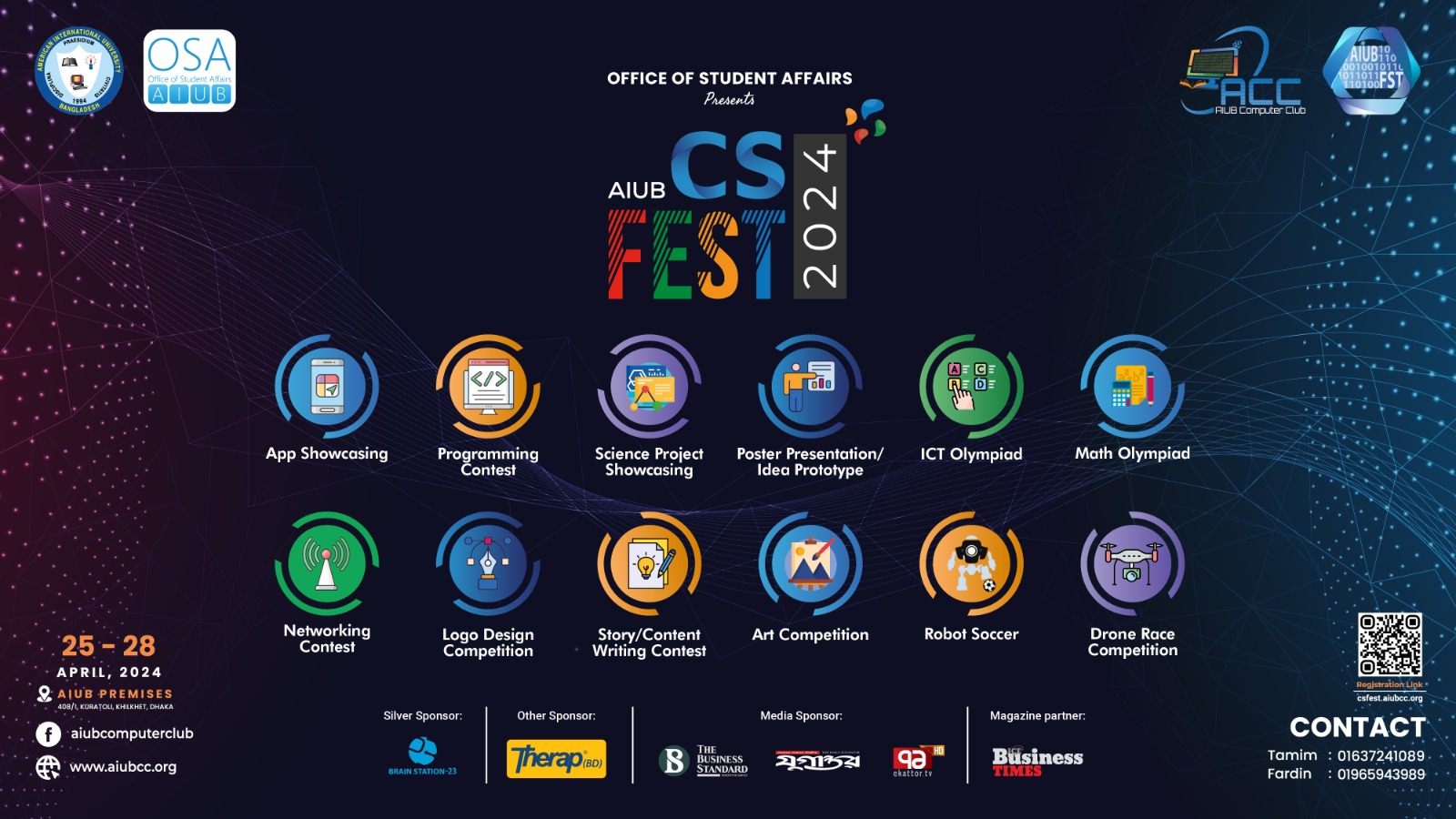Digitization disrupting trade
No industry is unknown to changes and shifts, and the commodity trading industry is no stranger to the changing horizons. From the birth of the independent trader in the 1990’s, to more recent changes wrought by the wholesale departure of the investment banks from the commodity trading scene, industry participants have long had to adjust to shifts in the trading landscape.
For more than a decade now, new and powerful digital approaches to commodity trading as well as life, in general, have come to the fore. The world is entering into an even more rapid period of digital change. Three powerful forces are driving this phenomenon to an inflection point: consumer demand, prospects of huge benefits, and the push for new technologies. To achieve growth, beat the competition, and for companies to remain relevant in digital world CEOs and managers will have to take the lead in building the right digital capabilities for their companies.
Digitization may be viewed as a combination of three key technology areas: Artificial Intelligence (AI), Machine Learning (ML), and Robotic Process Automation (RPA). A combination of these technologies can be applied to multiple points in the trading value chain, from pre-deal analytics through to contract settlement, as well as to numerous activities within the Logistics value chain. AI and the predictive analytical technologies will see the greatest usage in Front/Middle office and Logistics activities, while RPA is likely to find greater usage in the Middle and Back office functions. In order to assess where Digital technologies may best be applied, we start by identifying “pain points” across the Commodity Trading and Risk Management value chain – those areas where excessive manual interventions remain, where a plethora of data sources and/or systems are used, and those where current analytical methods are insufficient to gain necessary insights.
Big data and predictive algorithms expand the rigor of fundamental analysis and make results more accurate than ever, while information specialists provide structured data directly to trading systems. Computer analytics can process complex data in seconds, make targeted recommendations to traders, and even initiate trades on their behalf—all at speeds far exceeding human capabilities. Digitization is reducing commodity market imperfections, pushing commodities into a highly efficient, automated state that we call “hyperliquidity.”
BCG can help traders carefully consider their core processes and activities and determine to what extent each is subject to digital disruption.
Transforming commodity trading value chain —before, during, and after a trade
Securitization will be factored in. Instead of each deal being negotiated by commercial departments and commodity traders, financial products can be grouped, regrouped, and traded instantly. Investment Decision Support will play a vital role as commodity traders will have immediate access to new types of data that can help them understand future supply-demand dynamics. Position Generation alludes to the way digital technologies are transforming position generation by allowing automated decision making that is faster and more precise, and by driving down costs. Portfolio Management will include integration; intelligent trading systems which will allow traders to perform much more realistic, path-dependent risk assessments as well as sophisticated scenario analyses instantly through available cloud-based computational capacity.
Execution will result in Intelligent trading systems which can lower costs as well as make a company’s execution less obvious and optimize the trades so that they have only a minimal effect on the market price. After the trade most trading firms will also have digitized back-office processes to improve the quality of their post-trade reports.
Transforming the commodity scene
Digitalization offers data analytics on customer information and insights that will enable a 360-degree view of a customer’s needs and preferences. Digitalization will offer benefits of real-time as well as high-resolution business insights to the commodity trading industry. Data on consumer shopping habits, finances, location, search history, commodity trading, social activities, travel and advocacy among others, can be captured routinely, analyzed, processed and stored. While consumers digitalize their lifestyles with more sensors and information gathering devices, commodity trading companies will gain unprecedented fresh insights into their consumer bases – this will be true if traders would have built capabilities for the same. For instance, retailers will have to adjust their store keeping units (SKUs) to allow for capturing of real-time ultra-local tastes and preferences. This will enhance store segmentation and optimization, social shopping, benefits of augmented reality, digital marketing and commerce, digital maps and digital distribution, and digital business process documentation (ticketing, receipting, invoicing, etc.) among others.
The impact of digitalization on labor productivity levels will be profound. Productivity levels will increase due to a more targeted management of labor force and automation of business processes. Data analytics leads to enhanced research and development of products. Algorithm-based trading systems are being widely used, and this enables information to be analyzed in a much faster yet accurate way. Companies are also using real production lines as well as real-time supply chains. These have sensors (track and trace) for determining the precise location of commodities and the pain points in the distribution channels so as to eliminate them for an optimized customer experience. Another instance is whereby fuel retailers are installing sensors at fuel pumps so as to better understand demand patterns. There is automatic stock deployment, smart or self-guided cars, as well as smart buildings; these will reduce the cost of human capital/intervention and increase efficiency. There will be virtual branches more or less like self-service and end-to-end trading process digitalization. Augmented reality will enable for customer’s participation in prototyping as they are able to design in 3D up to a finished product without the marketer or production manager having to travel to whatever destination the consumer or client is.
Digitalization will allow for more precise and focused capital investments when it comes to commodity trading. It is enabling digital prototyping as well as testing – unlike testing on real products which is costly, on-demand cloud, digital consulting, made-to-order, virtual stores and goods, sensor signal processing, high-speed trading, analytics based forecasting, digital savings/wallets/credits, and digital identity among others.
Trends in the commodity trading industry
A popular trend taking over industries is the “Internet of Things.” The Internet of Things (IoT) refers to the 8 billion Internet-connected devices that actively collect, transmit, and receive data in up to real time. By 2020, there are projected to be more than 20 billion Internet-connected devices. The result is an abundance of information in less time and a much more sophisticated, fast-moving, and complex trading space—not to mention the need for IT infrastructure that can support the constant flow of large volumes of data. But with increasing complexities come valuable market insights and opportunities to enhance profits. For utility traders, an example of such an Internet-connected device is the smart meter, which can deliver real-time updates on customers’ electricity use. Smart meters provide wholesale electricity suppliers with a detailed level of insight into usage patterns, which enables greater accuracy in forecasting consumption and a potential increase in profits.
As technology capabilities improve, the demand for managing a greater number of data streams increases. For traders in the power market, the intraday market—the increasingly liquid within-day markets that are evolving in resolution to become even more granular—is critical to maximizing profits. Businesses are seeking a means of managing granular trading data down to the half hour or less, as well as a means of evaluating and reporting intraday trading activities. Additionally, for improved data management and speed of reporting, organizations are evaluating a number of technologies to enable handling all this data.
Trading tools have long existed to give traders guidance or allow them to try to predict the direction of a commodity market. But now, we’re seeing an evolution toward automated tools that save traders time in gathering market information, enable traders to react faster to timely information and eliminate human error. An example of this is social media mining (SMM). SMM is a means of monitoring news sources and social media channels on an automated basis to identify information that can impact commodity prices. SMM aggregates this information for traders, applies artificial intelligence, and then provides businesses with an interpretation of what may happen to the price of a commodity in the future.
The cloud is now a term with many interpretations. Previously, the term referred to multiple organizations storing data using the same instance (multi-tenancy cloud). Today, organizations have the option of single-tenancy versus multi-tenancy cloud and using various commercial and delivery models. Large numbers of vendors provide different cloud models with pros and cons for each option. What works for smaller organizations may not be a good fit for larger organizations and vice versa. Whichever cloud model an organization chooses, it must be flexible and enable a lesser or greater degree of customization to suit specific business needs.
Blockchain technology offers organizations a new, more secure way of sharing highly confidential transactional information between organizations. A decentralized means of communicating, Blockchain delivers transaction records as individual time-stamped blocks and stores them chronologically. As a result, sensitive information cannot be altered. The main benefit with this technology is enhanced security, protection of confidential information, and efficiency in processing. Although it is still an emerging technology within the commodities trading industry with a few early adopters running proof-of-concept programs, it will likely become a mainstream IT consideration for organizations to implement within the next 3 to 5 years.
Thus far changes in the commodity trading industry have been driven by traders seeking higher margin returns by broadening their portfolios, gaining access to physical assets, integrating their trading, origination and operations arms, increasing their trading sophistication, and increasing their coverage of the value chain, and taking advantage of scale. Thus the commodity trading industry is dominated by a relatively few, very large, global and sophisticated players. When digitalization comes into play, smaller, more nimble, digital players, able to extract information from vast reservoirs of data, will be the new entrants to the commodity trading market. Fewer people will be required, and the human factor will be to enhance and improve the algorithms that machines use to make trading decisions. Middle and Back Offices will be entirely transformed into much leaner and more efficient operations. As more asset information becomes available to all, new, smaller entrants will find they have the information they need to be able to make trading decisions without the cost and operational risk of owning those assets. The asset-backed trading strategy advantage held by large trading companies through control of physical assets will be neutered. The existing large, global commodity traders will need to change, and will likely need to lead the change in order to remain competitive. The changes will also benefit the global players – digitization will result in far smaller margins from vanilla trading, and more revenue will need to come from emerging markets and non-standard transactions.
These changes will impact all traded commodities, from energy to metals and agricultural products, though given the relative maturity of the oil and energy markets, these industries are likely to feel the changes the most. Some market participants will adapt and others will fall by the wayside in this new seismic shift.















